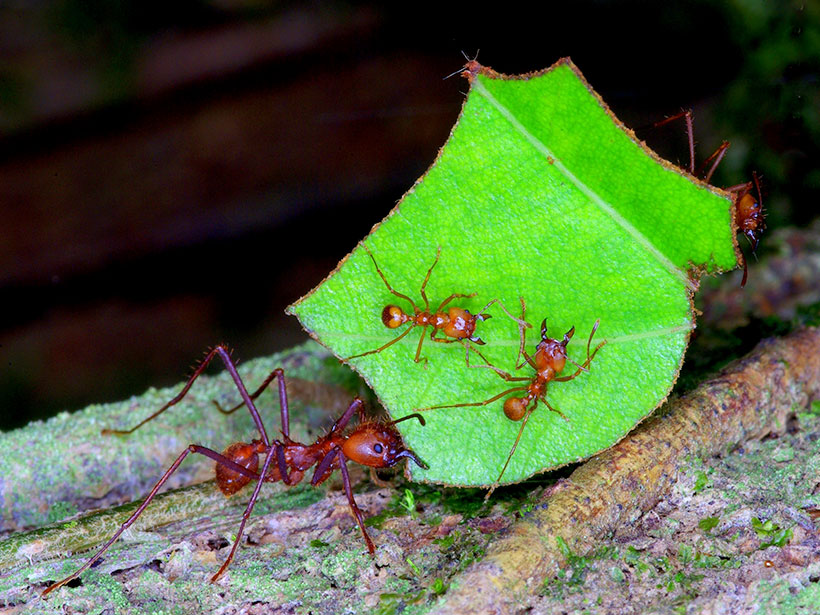Yes, but not quite the way researchers expected it to.
ants
Posted inNews
Ants Aren’t Adapting to Warmer Temperatures
Foraging in hotter-than-desired temperatures could negatively affect ants’ biology and the forest ecosystems that they support.
Posted inResearch Spotlights
Leaf-Cutter Ants Boost Carbon Dioxide Emissions from Soil
Leaf-cutter ant nest openings emit up to 100,000 times more carbon dioxide than surrounding soil, a new study shows.
Posted inNews
Ant Populations Destabilize Under Warming
In forest experiments in which artificial warming mimicked future climate conditions, heat-tolerant ants thrived, leaving other populations unstable.




